Creating Killer Landing Pages for Your Website
Landing pages play a pivotal role in capturing the attention of your target audience and converting them into valuable leads or customers. In this blog, we’ll explore the key elements and strategies that can help you create killer landing pages, ultimately driving growth and success for your business.
.avif)
Introduction
In today's highly competitive digital landscape, having a strong online presence is crucial for the success of any business. When it comes to online marketing and website development, one of the most powerful tools at your disposal is a well-designed and optimised landing page.
Understanding the Power of Landing Pages
Let’s start by answering, what are landing pages? Landing pages are standalone web pages that serve as a destination for users who click on your online advertisements or search engine results. Unlike your website's homepage or other pages, landing pages are specifically designed to convert visitors into leads or customers.
By focusing on a single objective, you can optimise your landing page to achieve maximum conversions. Whether your goal is to generate sales, collect email addresses, or promote a new product, a well-crafted landing page can significantly boost your digital marketing efforts.
Defining Clear Objectives
Before diving into the design and optimisation process, it's important to define clear objectives for your landing page. What action do you want visitors to take? Whether it's filling out a form, making a purchase, or signing up for a newsletter, identifying your primary goal will help you create a focused and persuasive landing page.
Defining clear objectives for your landing page serves as a guiding principle throughout the entire creation process. It helps you align your design, messaging, and call-to-action (CTA) with your ultimate goal, ensuring a cohesive and impactful user experience.
Here are a few important aspects to consider when defining your landing page objectives:
Conversion Goals
Determine the specific action that will contribute to your business objectives. For example, if your goal is to generate sales, your landing page should focus on driving visitors to make a purchase. If your goal is to generate leads, you might want visitors to fill out a form with their contact information. Clearly define the desired conversion goal so that every element of your landing page works towards achieving it.
Target Audience
Consider who your target audience is and what motivates them. Understanding their needs, pain points, and desires will enable you to tailor your landing page to resonate with them. Craft your messaging, visuals, and value proposition in a way that speaks directly to your audience and compels them to take the desired action.
Messaging and Value Proposition
Clearly communicate the benefits and value your offering provides to visitors. Highlight what makes your product or service unique and how it addresses potential consumers pain points or fulfils their needs. The messaging should be concise, compelling, and aligned with your conversion goal. Emphasise the value visitors will receive by taking the desired action, whether it's saving time, solving a problem, or achieving a specific outcome.
Call-to-Action (CTA)
Your CTA is the primary driver of conversions on your landing page. It should be prominent, visually appealing, and clearly communicate the desired action. Use action-oriented language that creates a sense of urgency or excitement and incorporate urgency or scarcity techniques to create a sense of immediacy, such as limited-time offers or countdown timers to encouraging visitors to take the next step.
You should aim to make your CTA stand out by using contrasting colours, prominent positioning, and clear, actionable language. Figma is a fantastic tool for creating catchy CTA buttons. By utilising Figma's user-friendly interface and robust features, designers can effortlessly produce attention-grabbing CTA buttons that entice users to take action. These buttons can be seamlessly integrated into Webflow for implementation.
Whether you're an experienced designer or just starting out, Figma offers a user-friendly platform for creating compelling CTA buttons that contribute to the overall success of your landing pages and all of your Figma designs can be implemented into Webflow. Explore our Figma to Webflow service page to see if Paddle Creative can assist you.
Measurable Metrics
Establish metrics to track and measure the success of your landing page. This could include conversion rate, bounce rate, click-through rate, or any other relevant key performance indicators (KPIs). Set specific targets and use analytics tools, like Google Analytics 4, to monitor the performance of your landing page. This data will provide valuable insights into the effectiveness of your design, messaging, and overall strategy, allowing you to make data-driven improvements.
By defining clear objectives for your landing page, you lay a solid foundation for its success. It ensures that your design, messaging, and CTA work harmoniously to guide visitors towards your desired conversion goal. With a focused and persuasive approach, your landing page becomes a powerful tool for driving business growth and achieving your marketing objectives.
Crafting Compelling Headlines and Subheadings
A captivating headline is the first thing visitors will see on your landing page, and it plays a crucial role in capturing their attention and encouraging them to explore further. Your headline should be concise, attention-grabbing, and clearly communicate the unique value proposition of your product or service.
Supporting your headline with a compelling subheading is equally important. The subheading provides additional information and entices visitors to keep reading. It should expand on the main message of your headline, emphasise the benefits or unique features of your offering, and create further interest. Keep the subheading concise and engaging, encouraging visitors to explore more of what your landing page has to offer.
Remember, the headline and subheading should work together harmoniously to capture attention, communicate value, and entice visitors to engage further with your landing page. Spend time crafting and refining these elements to ensure they make a strong first impression and compel your audience to take the desired action.
Here are some tips to create compelling headlines:
Be Clear and Concise
Your headline should convey the main benefit or solution your offering provides in a succinct manner. Use language that is easily understandable and avoids jargon or technical terms that may confuse visitors. Keep it simple, straightforward, and focused on the most significant aspect of your offering.
Create a Sense of Urgency or Excitement
Use words or phrases that evoke a sense of urgency or excitement to engage your visitors. Highlight limited-time offers, exclusive deals, or the unique advantage visitors gain by taking action there and then. Incorporating terms like "limited availability," "exclusive offer," or "act now" can create a sense of urgency and encourage immediate action.
Use Numbers and Statistics
Incorporating numbers in your headlines can grab attention and make your message more specific and tangible. Whether it's a percentage increase, a specific number of benefits, or a time frame, numbers add credibility and make your offering more compelling. For example, "Increase Your Sales by 50% in 30 Days" or "Unlock 7 Key Strategies for Success!"
Address Pain Points and Offer Solutions
Understand your target audience's pain points and challenges and address them directly in your headline. Show that you understand their needs and offer a solution that will make their lives easier or better. By addressing their specific pain points, you can immediately resonate with your visitors and make them more likely to continue reading.
Incorporate Emotional Appeal
Tap into the emotions of your audience by using power words and phrases that evoke strong feelings. Whether it's excitement, curiosity, desire, or a sense of belonging, triggering emotions can significantly impact the effectiveness of your headline. Use words like "discover," "unleash," "transform," or "join the community" to create an emotional connection.
Engaging Visuals and Persuasive Copy
In addition to a captivating headline and subheading, the visual elements and persuasive copy on your landing page play a crucial role in capturing and retaining visitors' attention. A visually appealing landing page can significantly impact user engagement and conversions.
Incorporate high-quality images, videos, or graphics that resonate with your target audience and effectively convey your message. Additionally, craft persuasive copy that highlights the unique selling points of your offering, addresses customer pain points, and clearly outlines the benefits they can expect.
Remember, the visuals and persuasive copy on your landing page should work together harmoniously to create a compelling narrative that resonates with your target audience. A visually appealing design, paired with persuasive and benefit-focused copy, will engage visitors, address their pain points, and clearly communicate the value they can gain by taking the desired action.
Here’s some ways you make engaging visuals and persuasive copy:
High-Quality Visuals
Incorporate high-quality images, videos, or graphics that align with your brand and resonate with your target audience. Use visuals that showcase your product or service in action, highlight its key features, or evoke the desired emotions in your visitors. Choose visuals that are relevant, eye-catching, and support your overall message.
Consistent Branding
Ensure that the visuals on your landing page are consistent with your brand identity. Use colours, fonts, and design elements that align with your brand guidelines. Consistency in branding creates a sense of professionalism, establishes trust, and enhances brand recognition.
Visual Hierarchy
Organise your visual elements in a way that guides visitors' attention and emphasises the most important information. Use visual hierarchy techniques such as size, colour contrast, and placement to draw attention to your unique selling points, CTA, or key messages. Make sure the visuals complement the overall structure and flow of your landing page.
Use Bullet Points and Highlight Key Information
Break down your copy into easily scannable sections using bullet points, subheadings, and bold text to highlight key information. Visitors often skim through content, so make it easy for them to grasp the main points and benefits quickly. This approach allows them to understand the value of your offering without getting overwhelmed by dense paragraphs of text.
Incorporate Social Proof
Integrate testimonials, reviews, or case studies that showcase positive experiences from satisfied customers. Social proof enhances credibility and trust in your offering, as potential customers are more likely to be persuaded by the experiences and opinions of others. Place these social proof elements strategically throughout your landing page to reinforce the value of your product or service.
Streamlined Design and User Experience
When it comes to landing pages, simplicity is key. To achieve a high user experience, be sure to present a clean and uncluttered design that focuses attention on the main message and CTA. You don’t want your site visitors to get distracted or deter from your website and so try to avoid distracting elements and keep the page visually cohesive. One last thing, make sure your site is responsive and optimise your landing page for mobile devices to cater to the increasing number of users accessing the internet from smartphones and tablets.
Optimising for Search Engines
While landing pages are often associated with paid advertising campaigns, they can also be valuable for organic search engine optimisation (SEO). Conduct keyword research to identify relevant and high-converting keywords that align with your landing page's objective. Incorporate these keywords strategically in your headlines, copy, meta tags, and URL to improve your page's visibility and optimise them for search engine results.
Testing and Continuous Improvement
Creating killer landing pages is an ongoing process. Make sure you regularly test different variations of your landing page to identify areas for improvement. Analyse user behaviour, conversion rates, bounce rates, and other relevant metrics to gain insights into visitor preferences and optimise accordingly. By continually refining your landing pages, you can maximise their effectiveness and drive better results for your business.
Integration with Marketing Tools
To fully leverage the potential of your landing pages, integrate them with marketing tools such as email marketing software, CRM systems, and marketing automation platforms. This integration allows for seamless lead capture, nurturing, and tracking, enabling you to build strong relationships with your audience and streamline your marketing efforts.
Conclusion
Creating killer landing pages is an essential component of a successful online marketing and website development strategy. By understanding the power of landing pages and optimising for search engines, you can create landing pages that convert visitors into valuable leads or customers.
Remember to continuously test, analyse, and improve your landing pages to maximise their effectiveness and drive business growth. With the right approach, killer landing pages can be a game-changer for your business, helping you achieve your marketing goals and stay ahead of the competition.
Get in touch with the Paddle Creative team if you have any questions or queries.


.svg)

.svg)



.jpg)

.jpg)
.jpg)

.jpg)
%20(1).jpg)
.jpg)
%20(1).jpg)


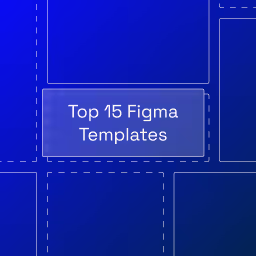

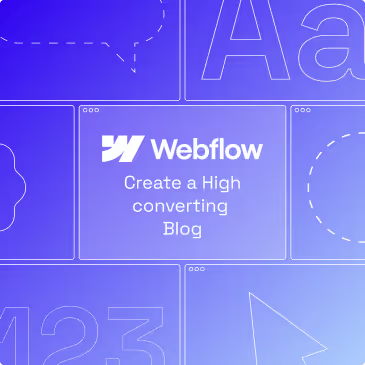
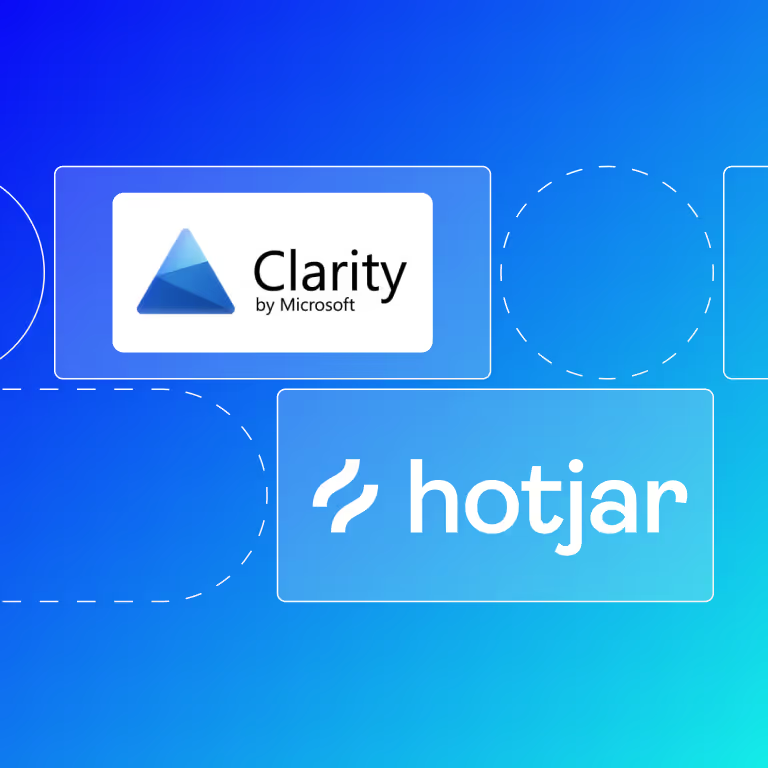
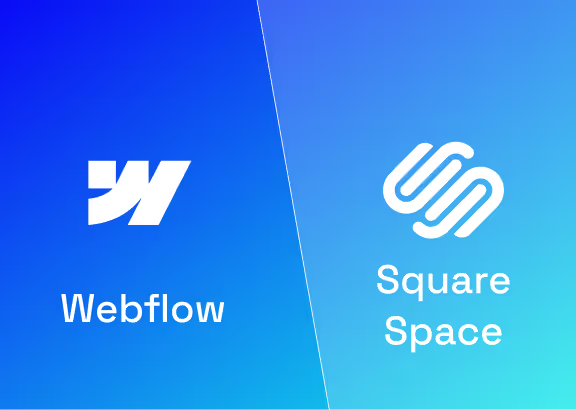




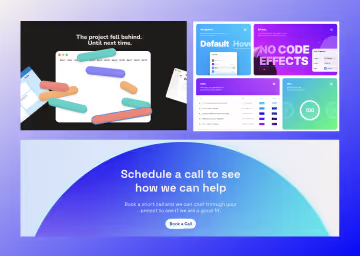





.avif)
.avif)
.avif)
.avif)
.avif)
.avif)
.avif)
.avif)
%2520(1).avif)
%2520(1).avif)
.avif)
%2520(1).avif)
%2520(1).avif)
%2520(1).avif)
%2520(1).avif)
%2520(1).avif)
%2520(1).avif)
.avif)
.avif)

.avif)






.avif)



